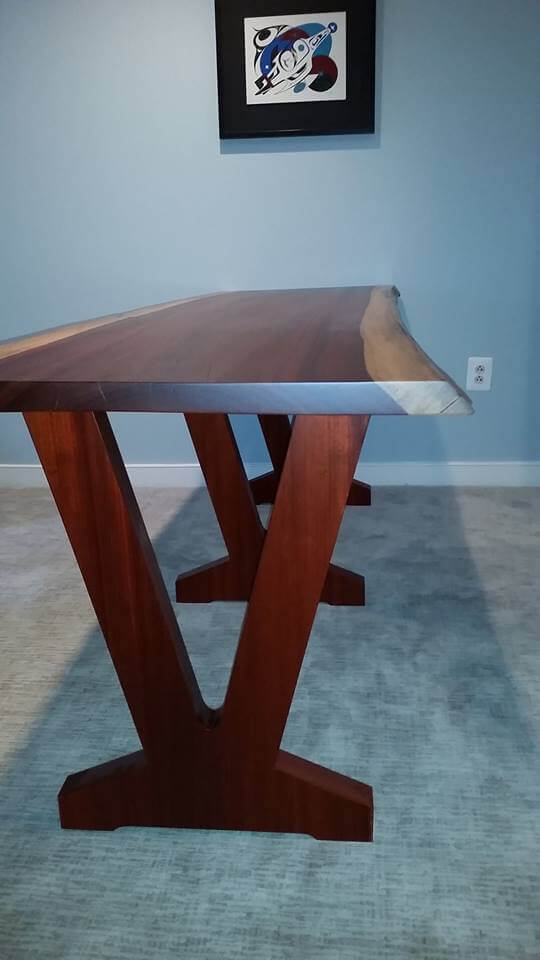
Many people are unaware of the key difference between wood veneer and plastic laminate - the fact that wood veneer is 100% real and natural, while laminate is a man-made product. Being man-made does offer a small amount of benefit - namely that large quantities of laminate are guaranteed to match across sheets. However many people are surprised to find out that there are vast benefits from using real, natural veneer sheets.
1. Veneer Allows for a Completely Unique and Exotic Look and Feel. Many designer will agree that while laminate often looks run-of-the-mill and manufactured, wood veneer generally looks richer, fuller, classy, and unique for a personal touch. Every sheet is like a fingerprint, being slightly different from all others in the world For this reason, heirloom furniture is almost always crafted with veneer and not laminate.
2. Nature-Made Designs Continue to Beat Man-Made in Beauty. Yes, over the past decade, computers have allowed laminate designs to become better and better. But, they can never hope to match or beat the natural beauty of real, sliced wood. This is especially true when considering some of the higher-end and intricate wood species such as ebony, rosewood, eucalyptus, or any of the burls, such as mappa or walnut.
3. Veneer Allows for Many Different Installation Techniques. While plastic laminate comes mainly with one backing choice, wood veneer has several different backers (or lack thereof), allowing for different ways of installing. These include raw veneer, 10 mil paperback, 22 mil Bubble-Free paperback, phenolic (similar to laminate backing), wood-on-wood, and pressure-sensitive adhesive (peel-and-stick).
4. Veneer is the Eco-Friendly Choice. Wood is a renewable resource, and veneer only uses a tiny amount of it. So tiny in fact, that 42 sheets of veneer can be created with only a 1" section of wood. Although there are concerns about forests and trees being cut down, significant progress has been made over the past several decades. Today, there are six times more hardwood trees in the United States than there were in 1950.
5. Veneer Remains Fashionable Over Time. You can probably imagine that laminate products from a few decades back look quite dated by today's standards. Now imagine wood veneer that was also installed a few decades ago. In the fashion world, the veneer has held up, because nothing can be more timeless than a real, natural, wood grain.
6. Wood Veneer Can be Repaired. While laminate products generally need to be replaced when damaged, veneer can be refinished after scratching, and can be repaired in several other ways in order to preserve valuable furniture and interiors.
7. Veneer Avoids the Unsightly Black Line. While more laminate material exposes a black line at its edges, veneer does not have this line, and instead makes the furniture or interior look like a true piece of real, natural solid wood.
A good comparison is that veneer should be considered like a fine leather, whereas laminate is more like a vinyl. Of course, both get the job done. But only one is much more luxurious, more stately, and in most cases, the right product for the job.